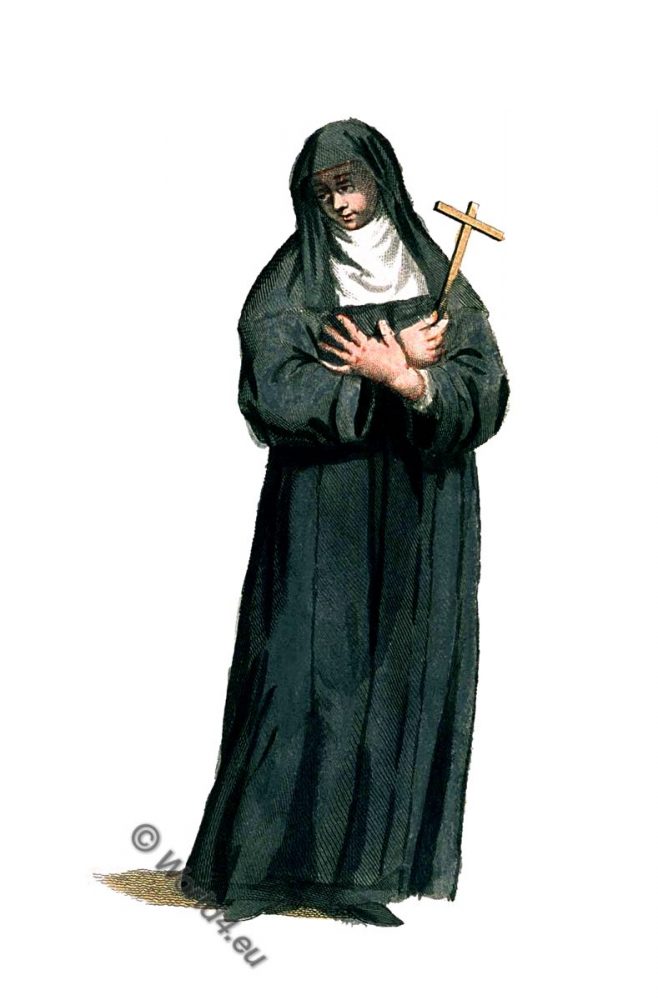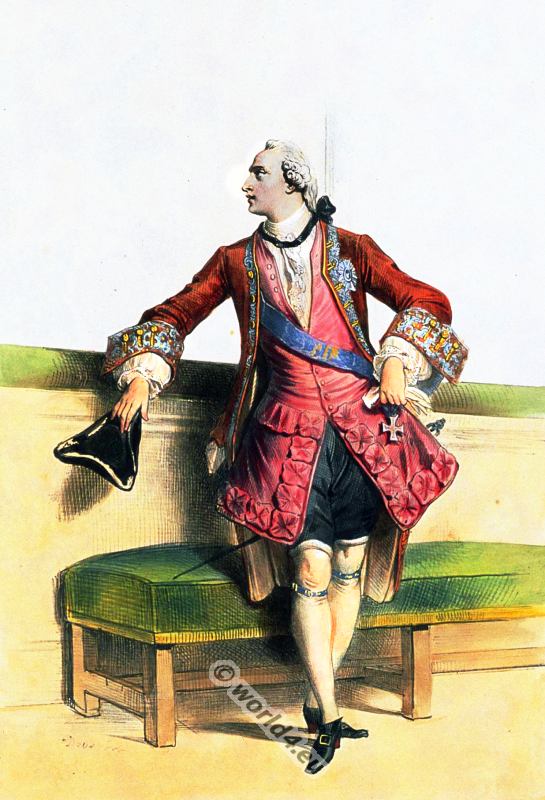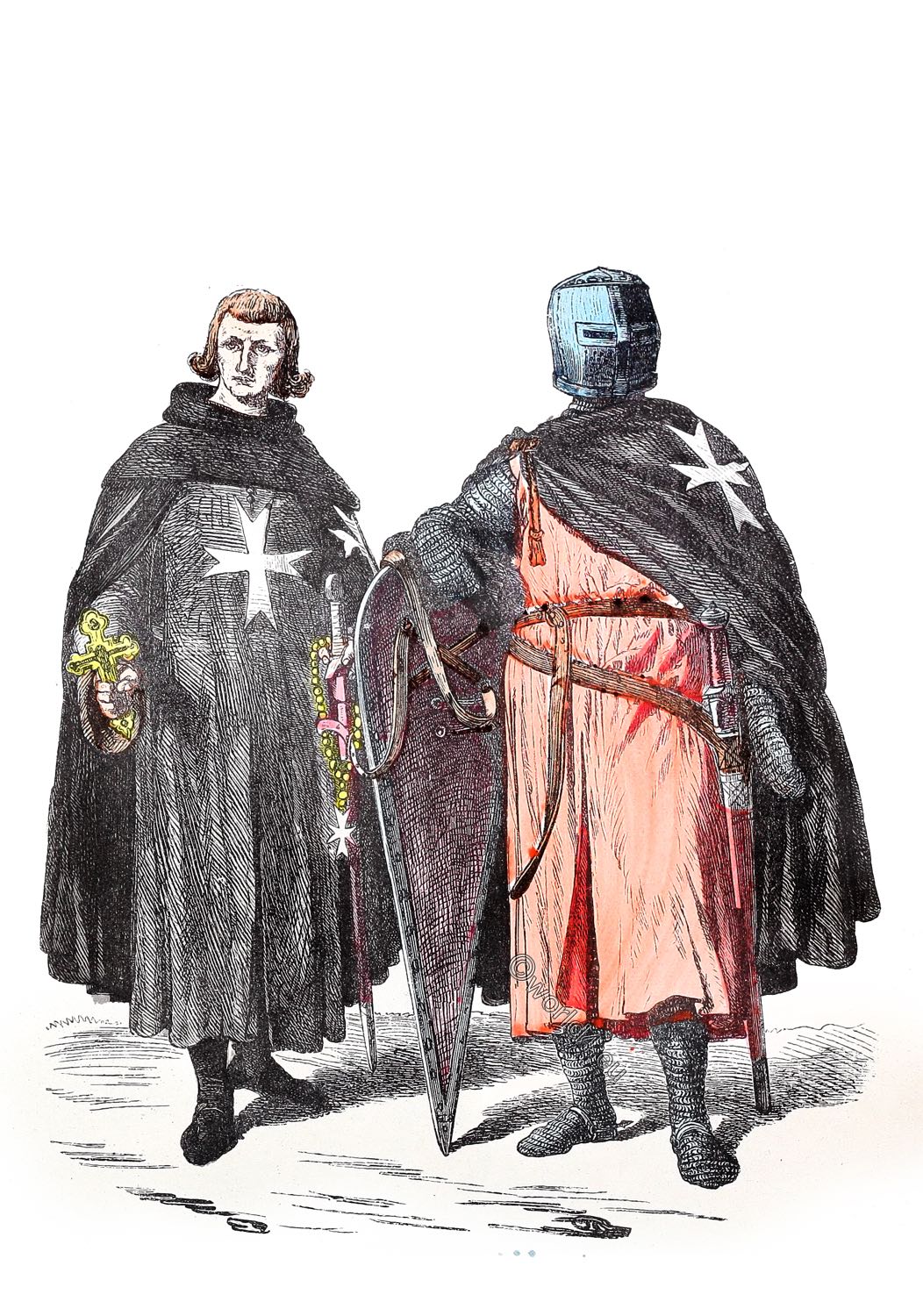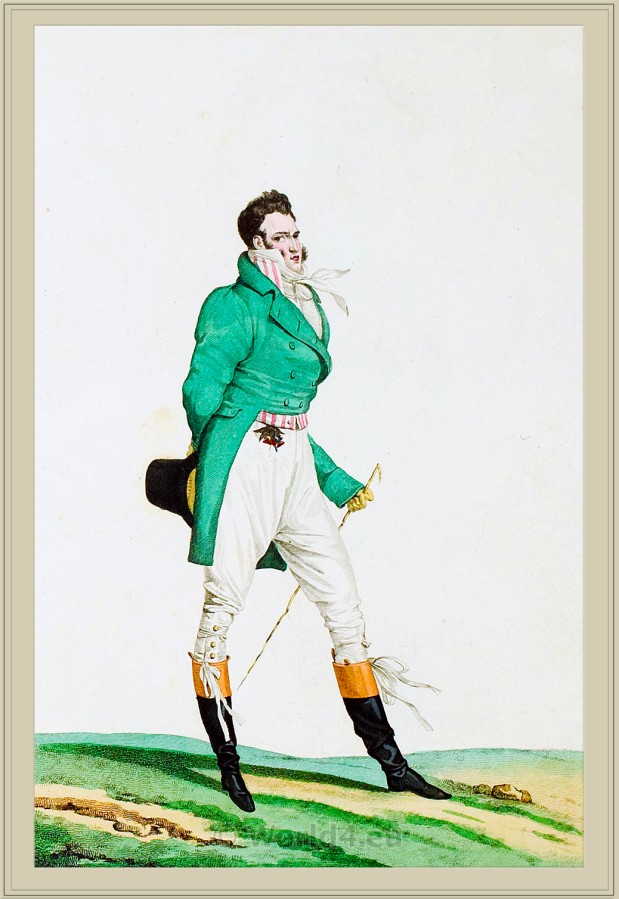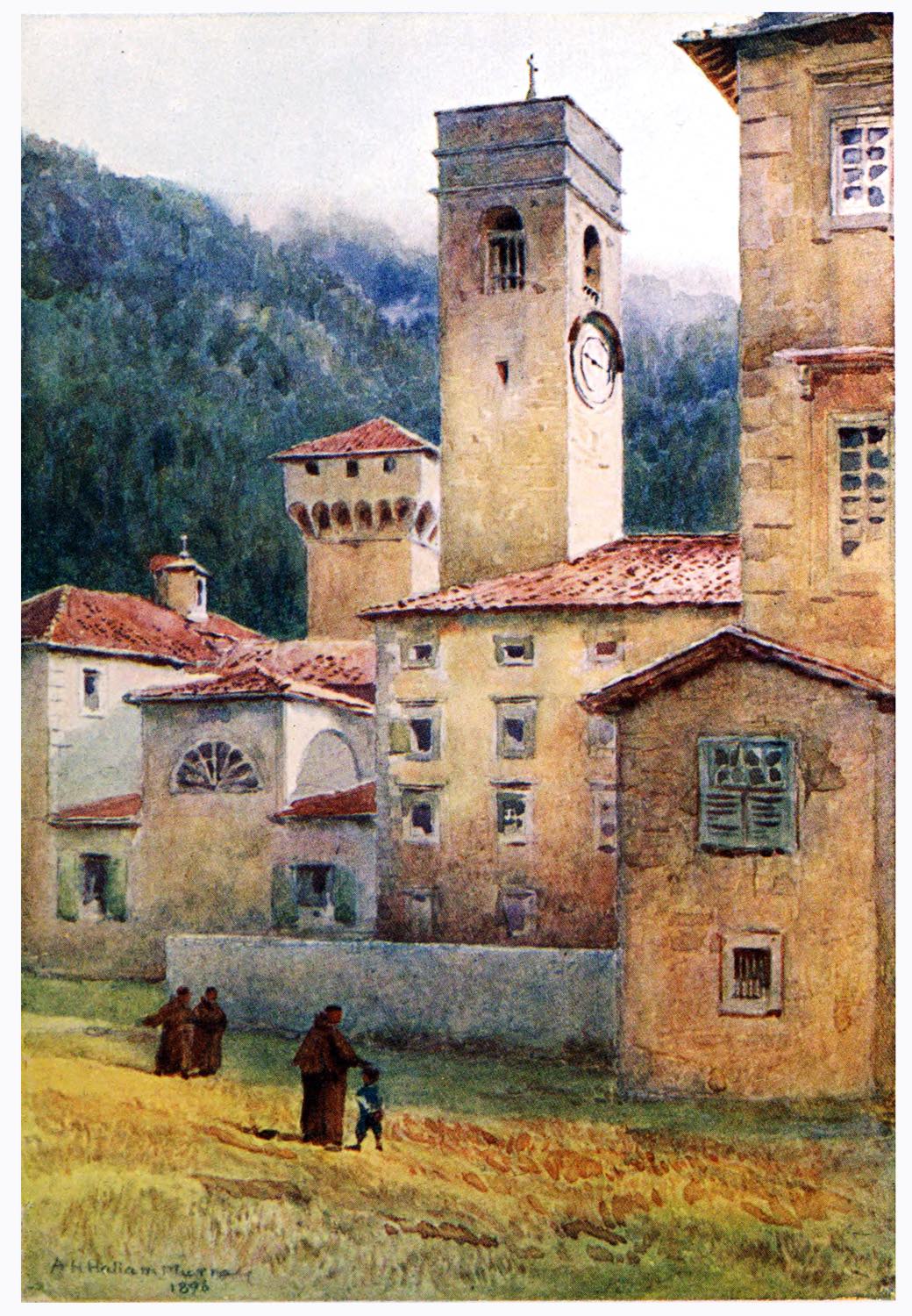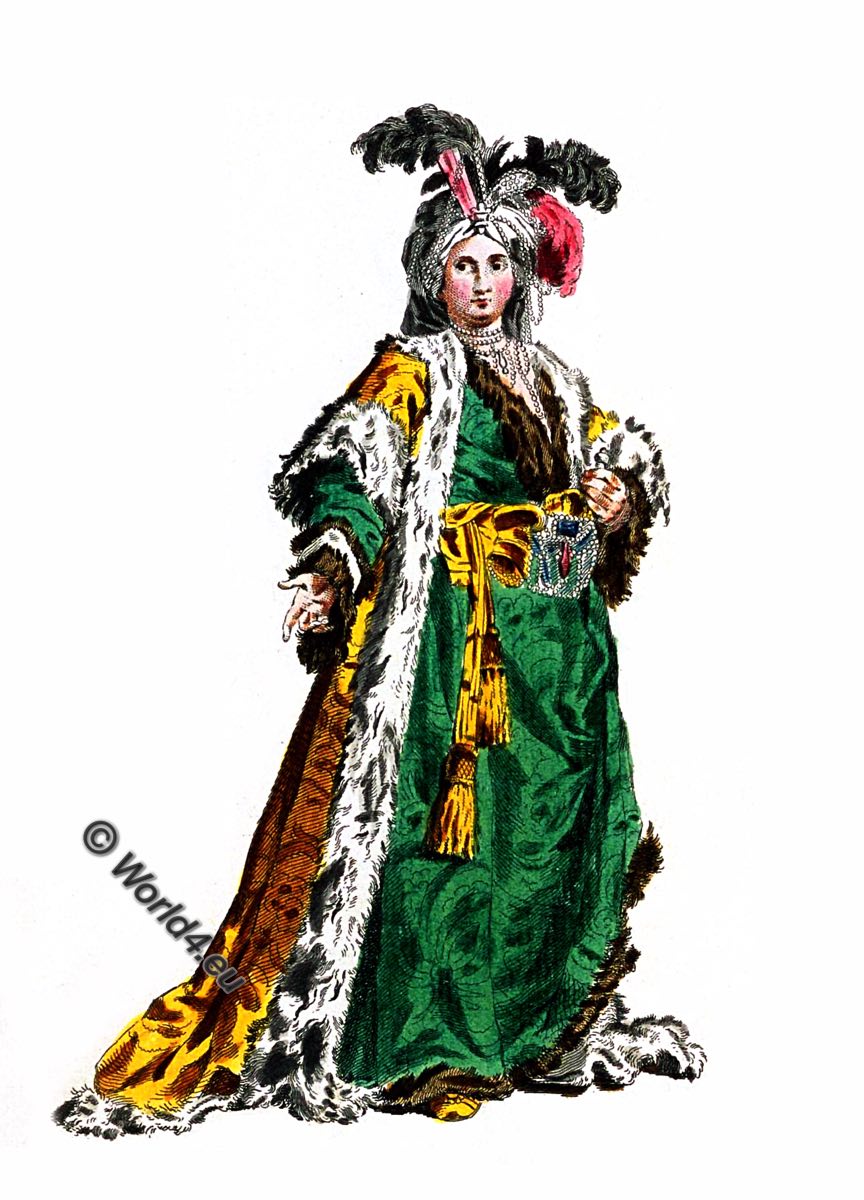Habit of a nun of the Order St. Augustin
Religieuse de L’Ordre de St. Augustin
Already the holy Augustine wrote his work Praeceptum for men and for women. The relatives of the Augustinian women’s orders are also called Augustinians.
Augustinian orders in the strict sense of the word are orders in the Roman Catholic Church that refer to Augustine of Hippo. In a broader sense, this refers to all religious communities that have adopted the Augustine Rule.
Augustine of Hippo (354-430), a saint and church father of the Roman Catholic Church, did not establish a religious order himself, but inspired religious foundations in later times through his writings.
Among the basic features of his nature, as expressed in the Augustine Rule (about 497), were “godliness and charity”,”evangelical poverty and humility”,”unselfish service, patience and goodness of heart”. A few hundred years later, his emphasis on the Protestant Council of Poverty was seen as a response to urgent church problems.
Source: Recueil des habillements de différentes nations, anciens et modernes, et en particulier des vieux ajustments anglois; d’après les dessins de Holbein, de Vandyke, de Hollar, et de quelques autres: avec une détail des sources & des autorités, d’où ces figures ont été prises; et quelques remarques historiques sur le sujet : auquel sont ajoutés les habits des principaux caracteres du théâtre anglois.
Related
Discover more from World4 Costume Culture History
Subscribe to get the latest posts sent to your email.

